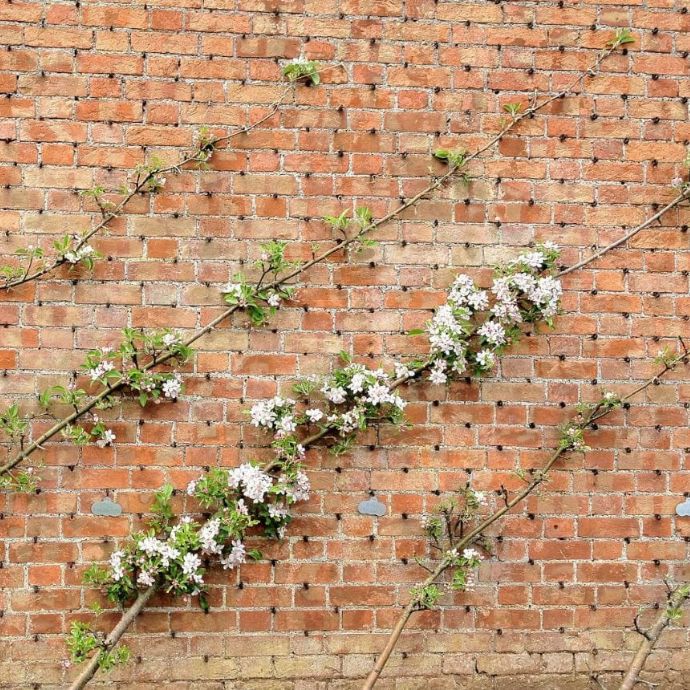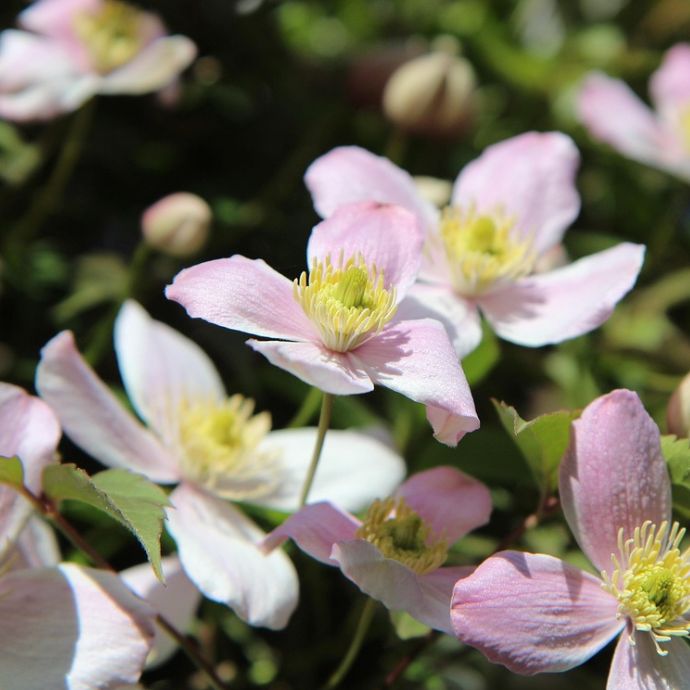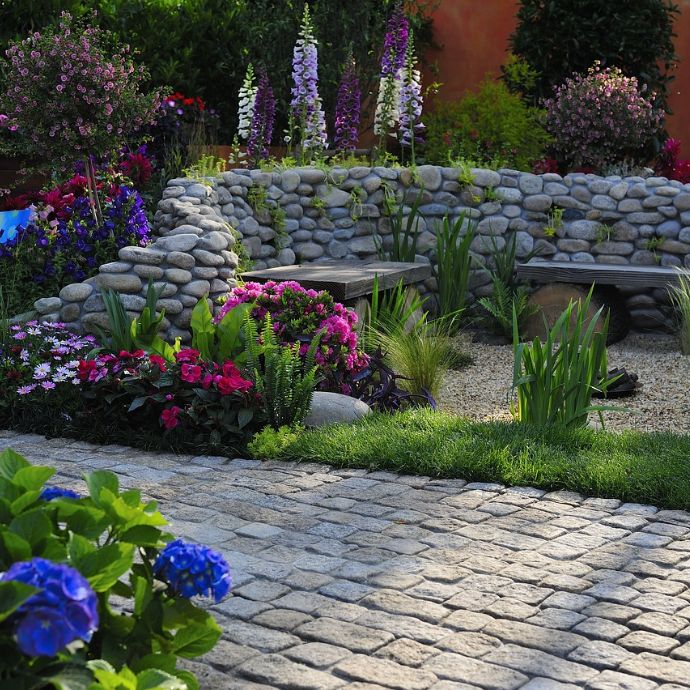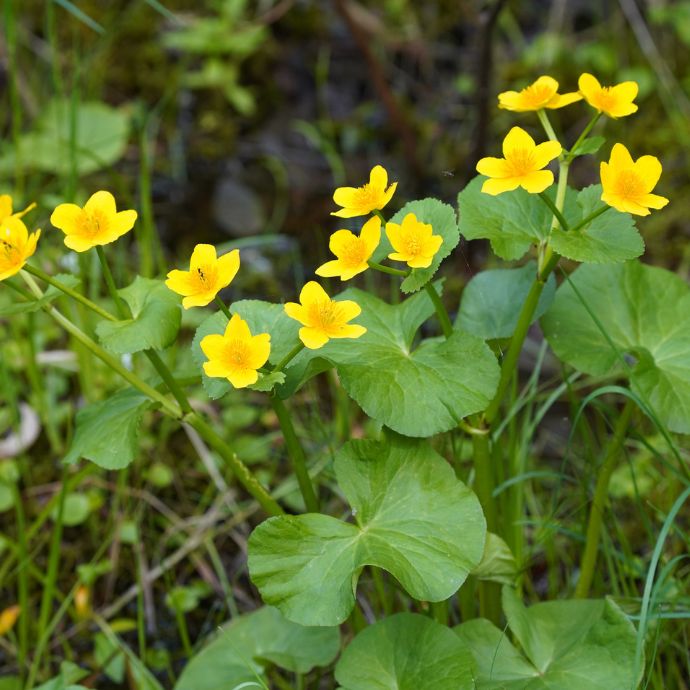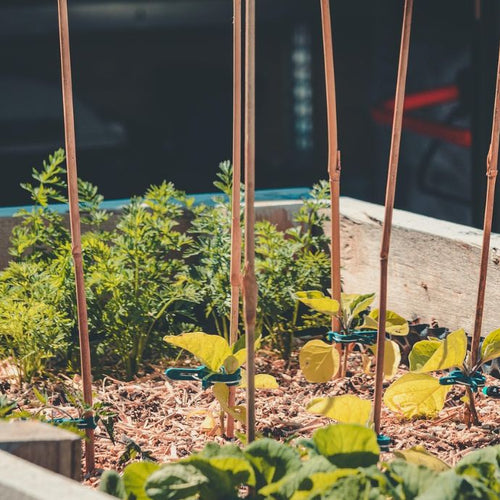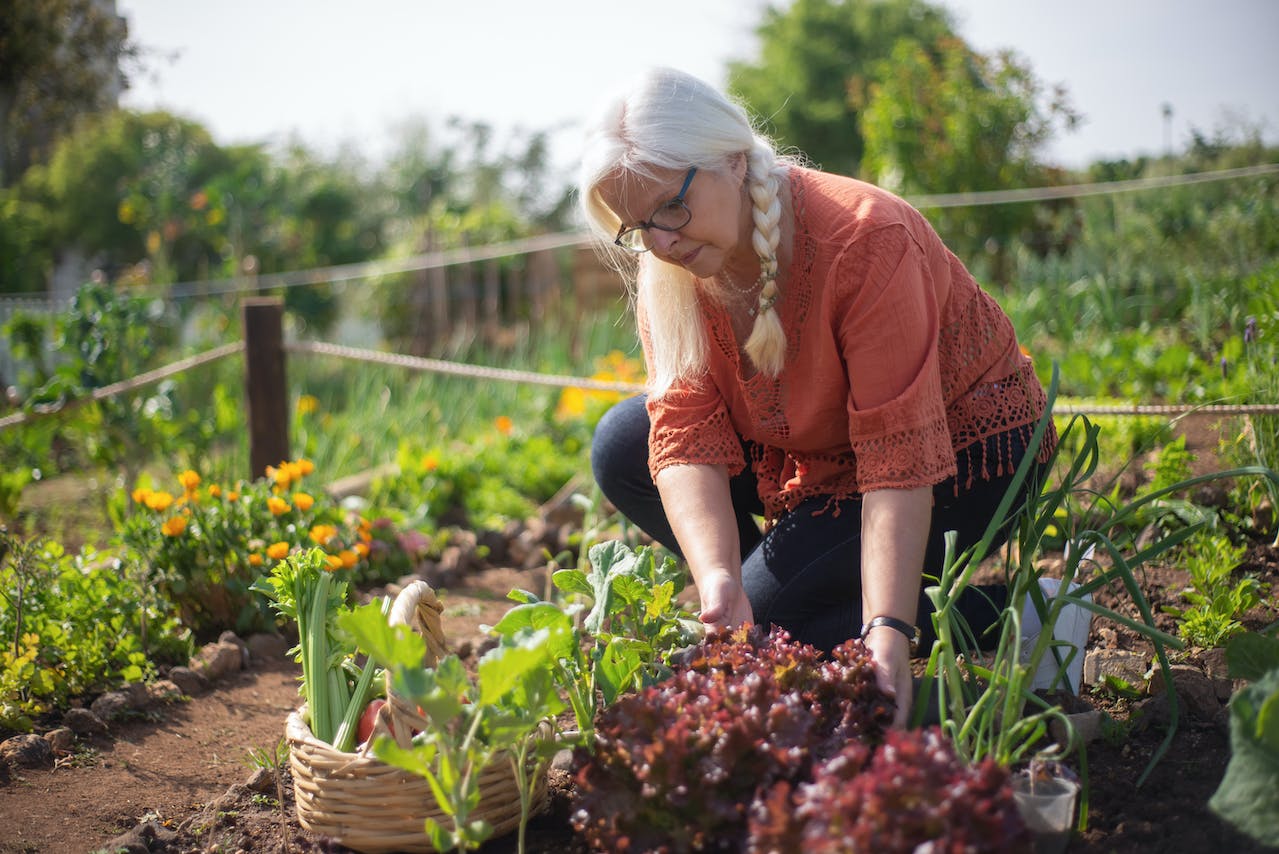How To Get The Best From Your Vegetable Plants
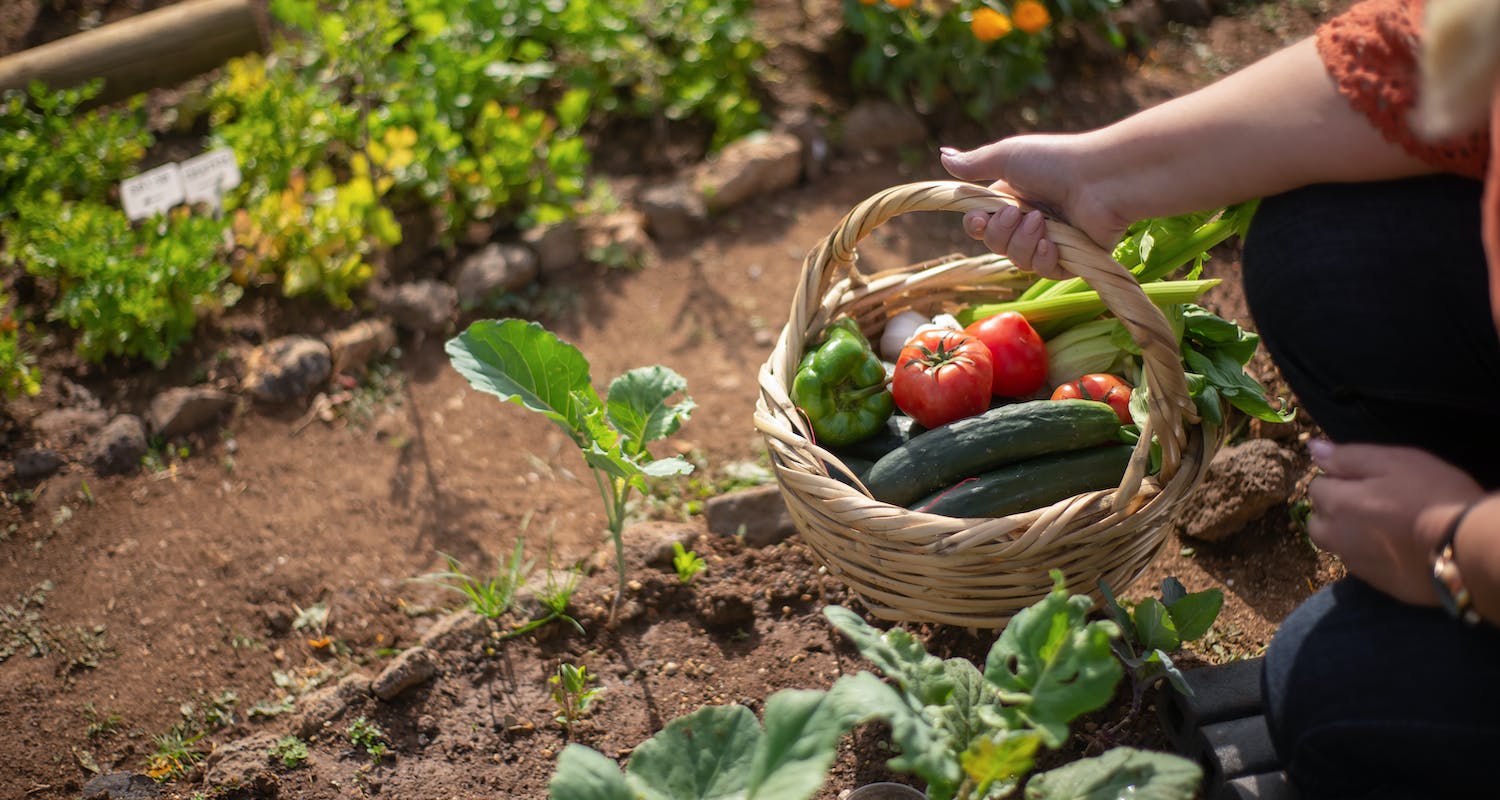
This May wasn’t the best for vegetable crops - a month-long washout with less than perfect temperatures. So if your vegetable plants have been a little slow in growing this year, don’t worry - it’s not you! Now the mercury is rising, it’s time to get to work on that plot. We may all have to be more patient with our vegetables this year, but here are five things you can do to boost your chances of a great crop.
1. Plant Out
If you haven’t planted out your vegetables yet, now is the perfect time. This month, Courgettes, Squashes, Beans and Sweetcorn will really take off in your garden. If you have a greenhouse, your Tomatoes, Peppers and Aubergines will start to catch up too, and it’s a great time to start plug plants. Even without a greenhouse, you can protect your plants and bring them on faster by using cloches or grow tunnels. Choose a sheltered, sunny spot and space your plants out so that they have room to grow. Make sure to support tall and climbing plants by tying them into a trellis, canes or making a support structure for them.

2. Get weeding
June is a month when weeds seem to pop up everywhere, so it’s important to get on top of them. Just five minutes a day can make a difference - every weed you pull means that the nutrients it would have taken up are going into your veggie crop instead. Where you can, weed by hand to avoid damaging the roots of your vegetable plants, and make sure you remove the roots of the weeds or they’ll just regrow.
If you're not sure what's a weed and what isn't, check out this article from our experts.
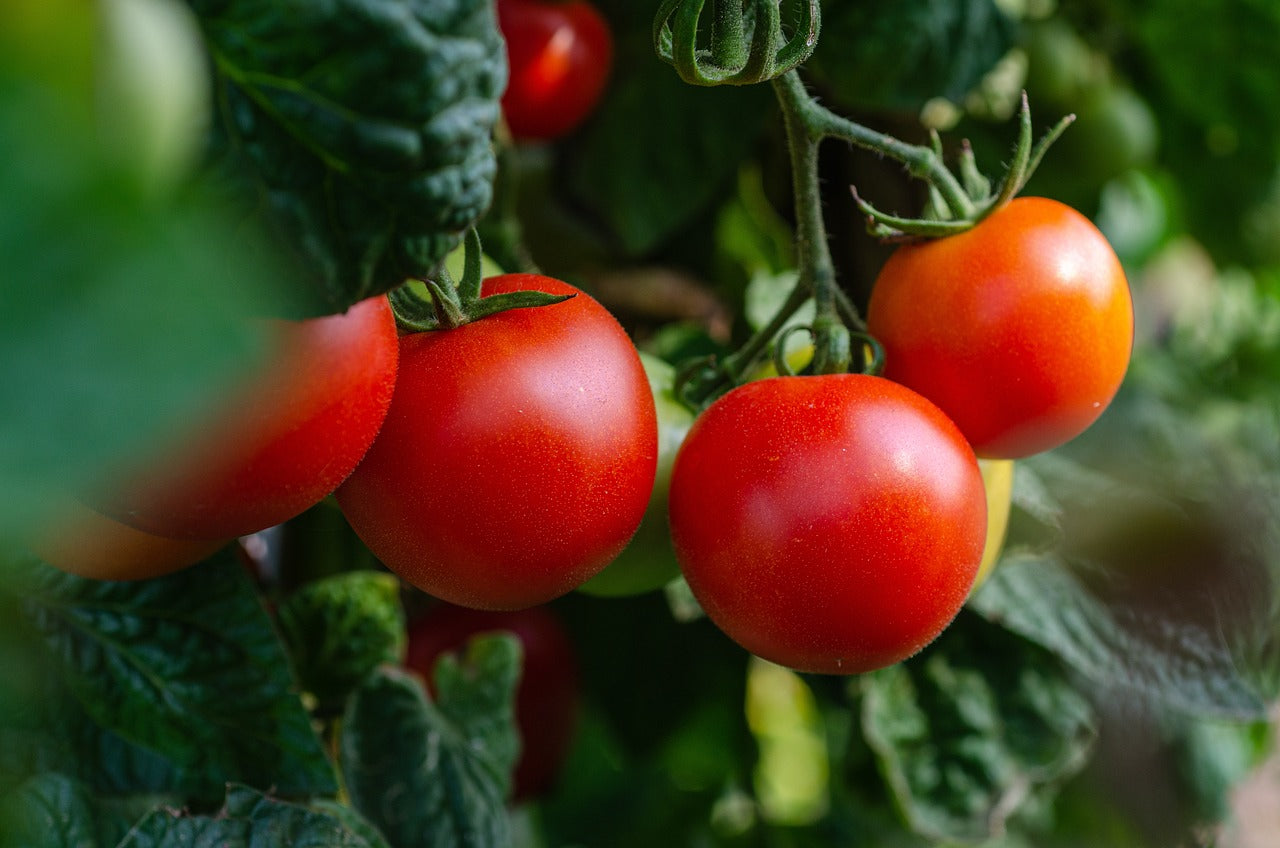
3. Water
Plants grow better with rainwater - it’s softer, contains fewer chemicals and has a PH level that most plants prefer. If you’ve got the space, now is a good time to install a water butt which collects rainwater from your gutters. Alternatively, you can leave buckets and watering cans out to fill when it rains.
Learn how to conserve water in your garden by reading this article from our experts.
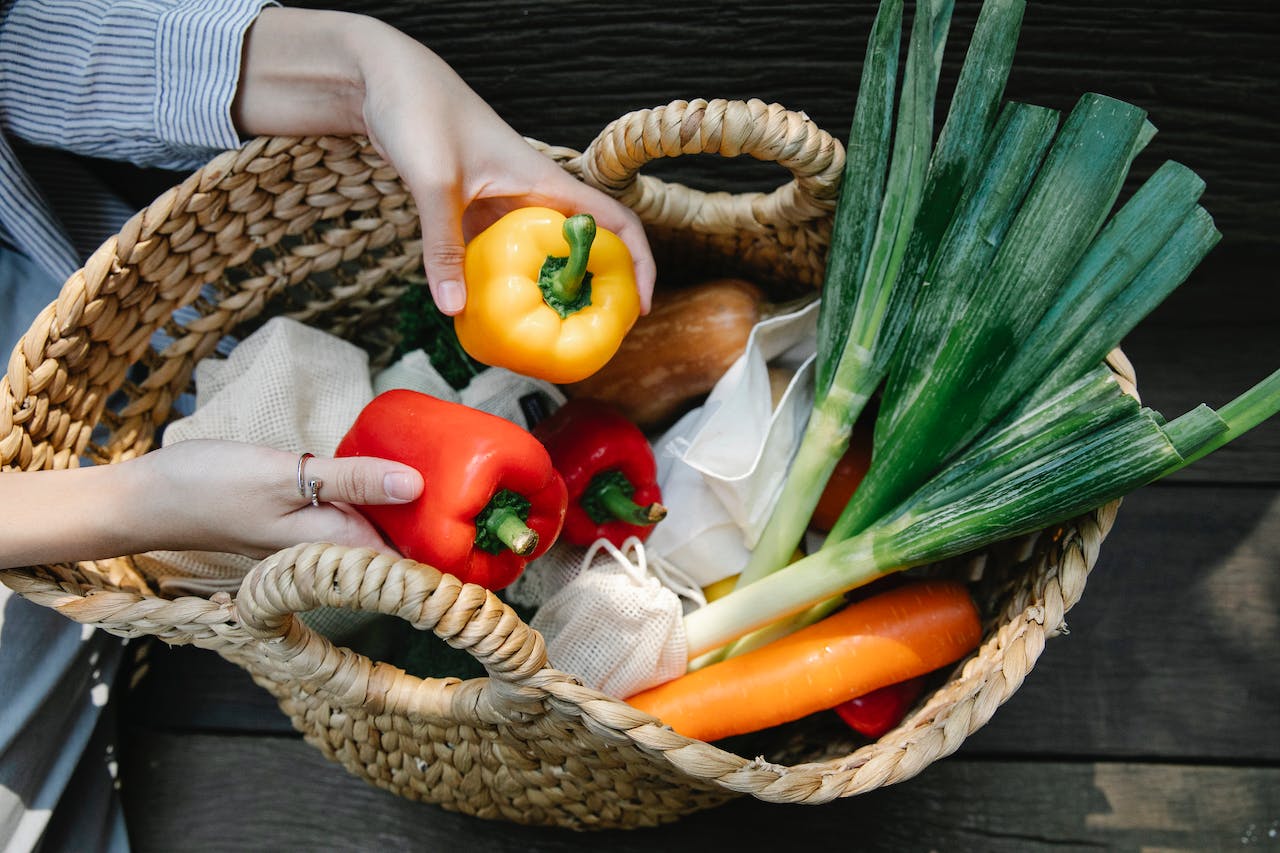
4. Pest Control
Unfortunately, you’re not the only one who finds your lettuce delicious. To minimise damage from pests such as slugs and pigeons, prevention is better than cure.
To protect young plants from birds and insects, cover them with a fine mesh net and pin it down firmly at the sides so that small mammals can’t get trapped in it. Remove the net when the plants start to flower, as you’ll need pollinators to have access.
If slugs are a problem, try surrounding your plants with a barrier such as crushed eggshells or copper wire - slimy pests won’t be able to get across it. You could also try companion planting to deter pests and attract their predators - read all about how it works in this article.

5. Feed with fertiliser
Feeding your vegetable plants every week or two can make a huge difference to your yield. Most will benefit from a multi-purpose liquid fertiliser diluted in your watering can as per the instructions.
- Seaweed based versions are good for general use
- High-potassium tomato feed will also produce great results with runner beans, strawberries and most other fruiting crops
- Go natural and make your own out of comfrey or nettles - or apply good old manure!
Still looking for more advice?
Find our comprehensive vegetable growing guides by clicking the button below.
Last updated: 13/11/2023

